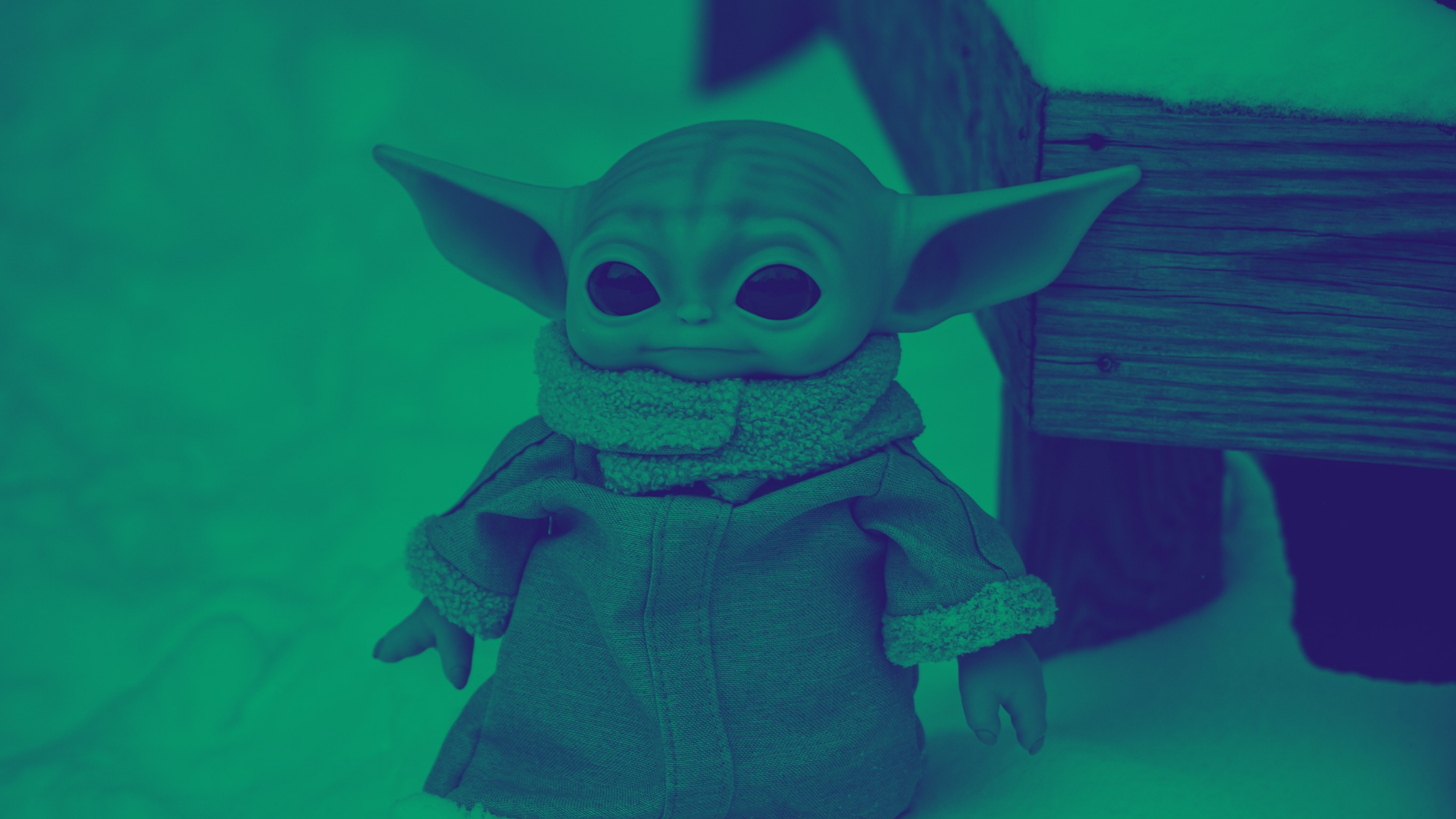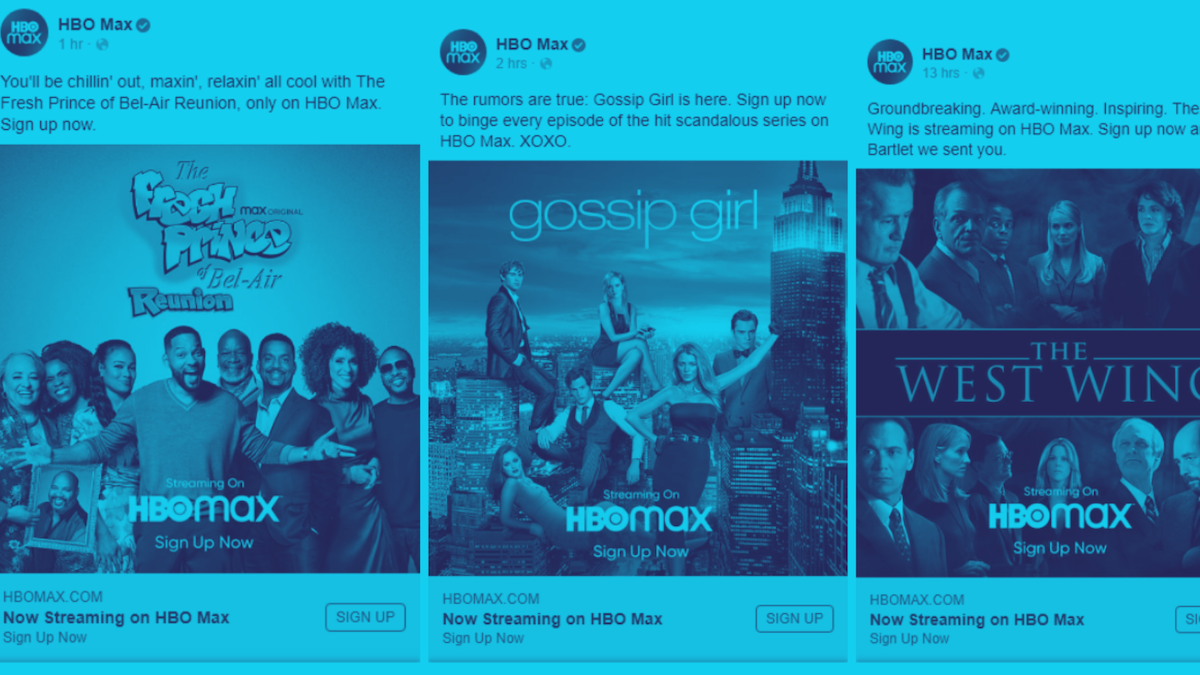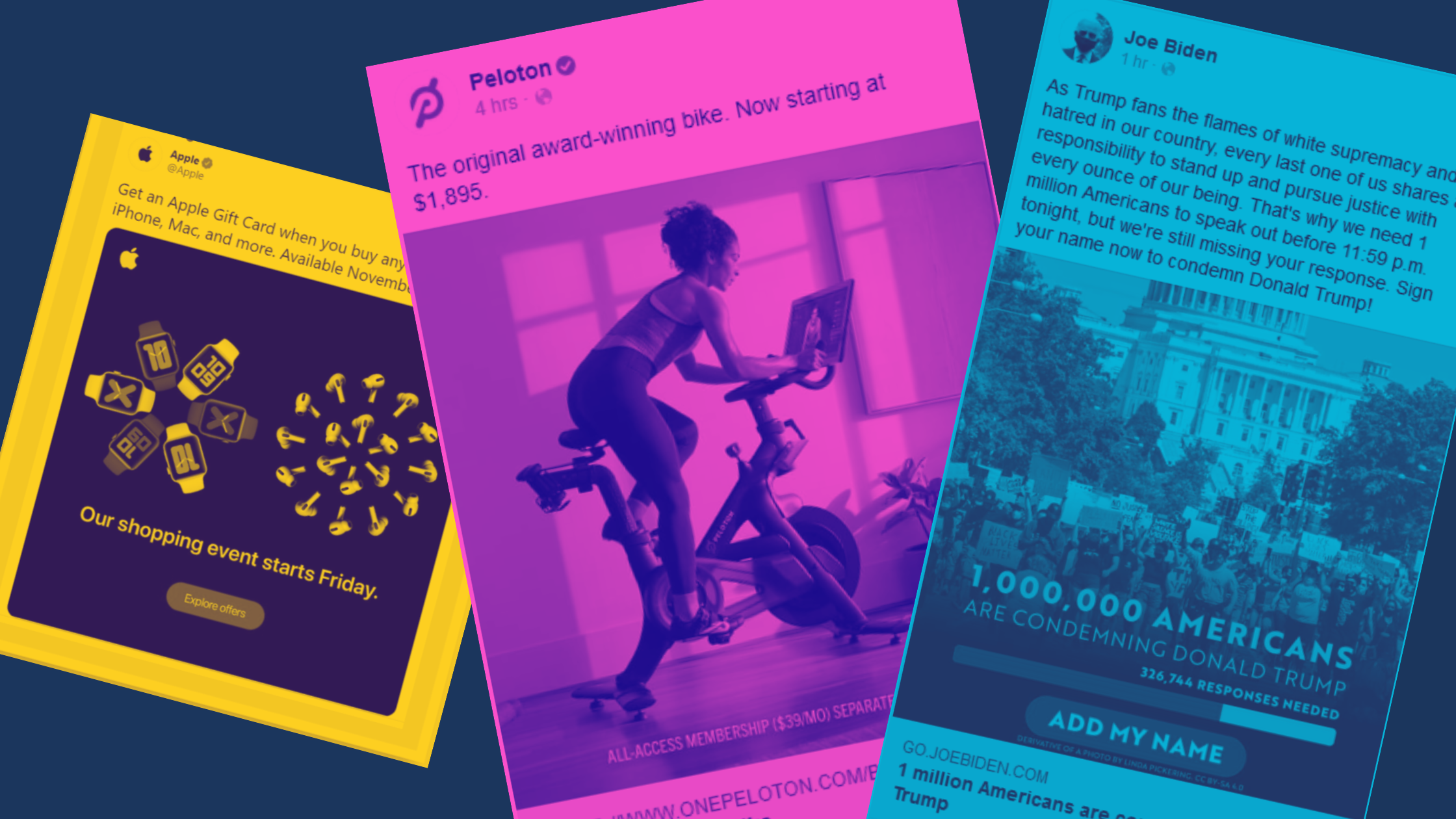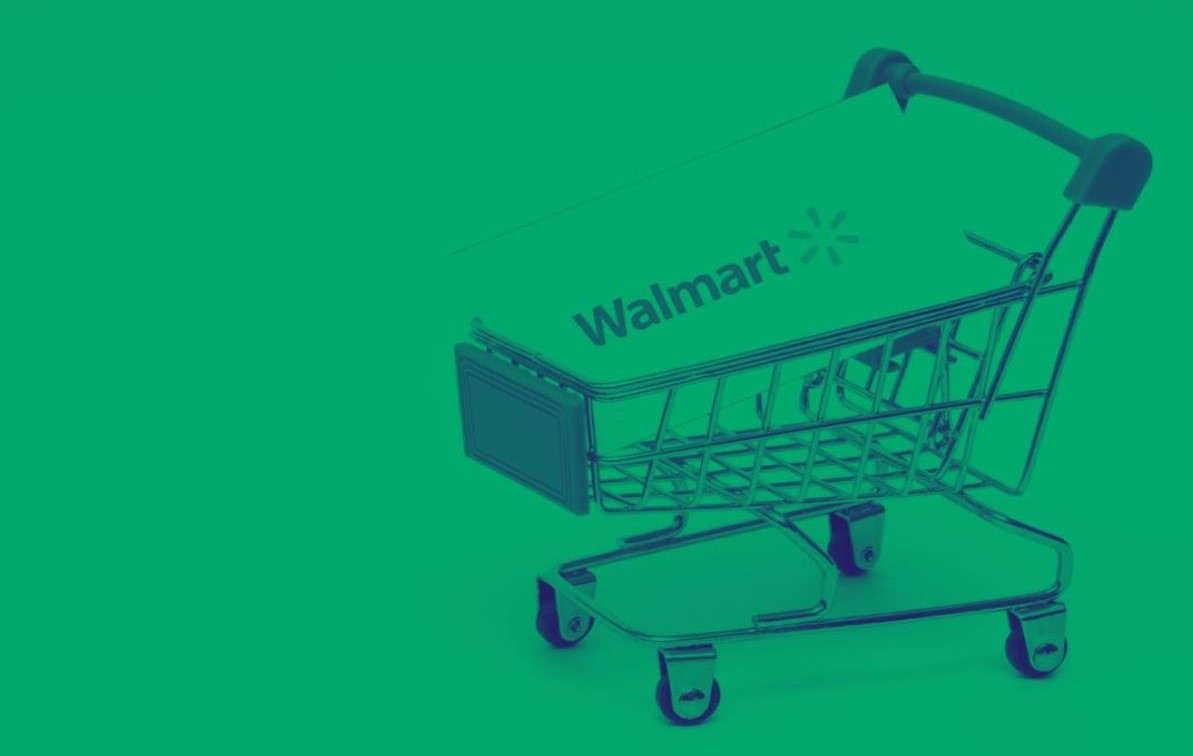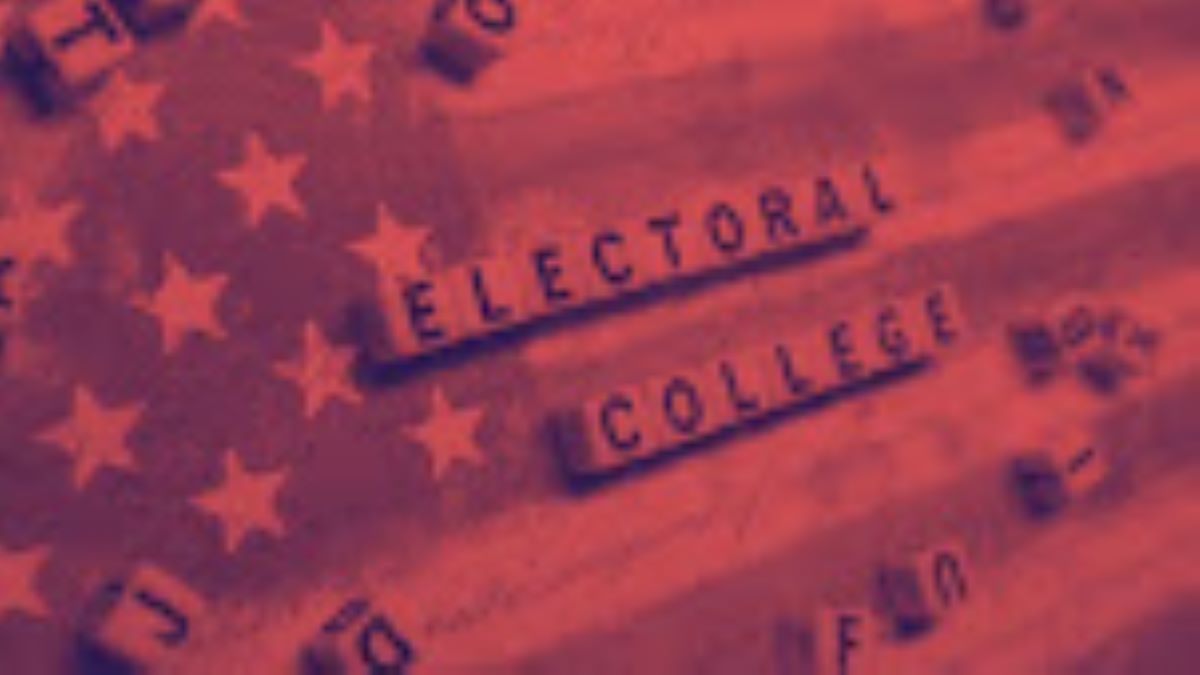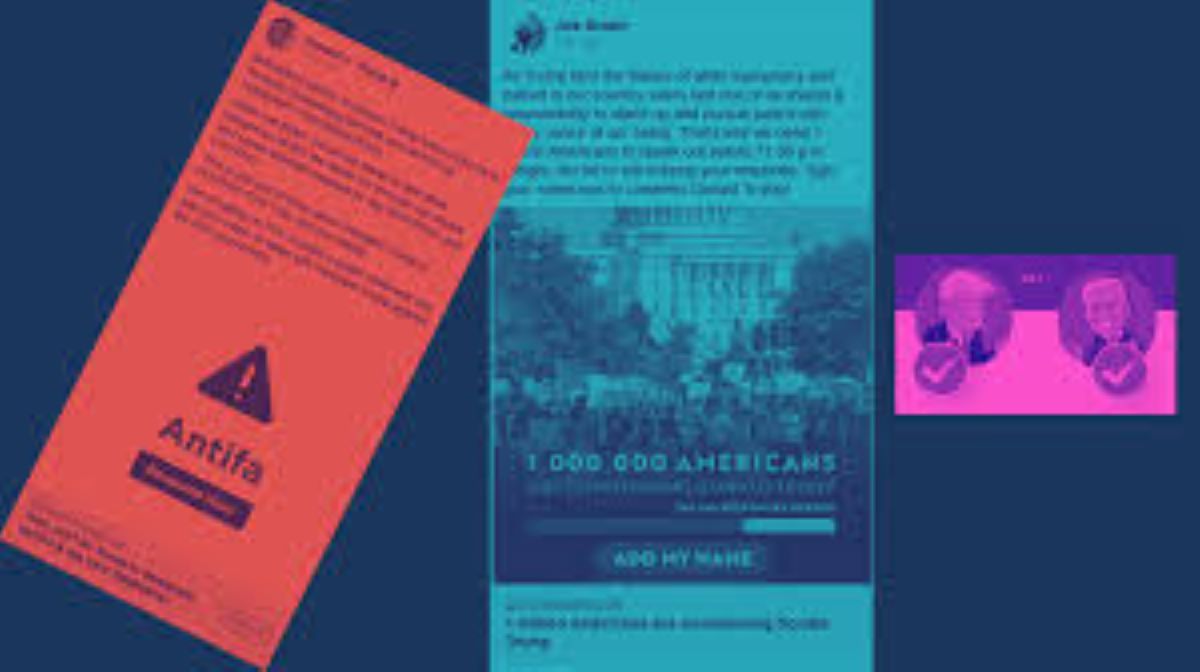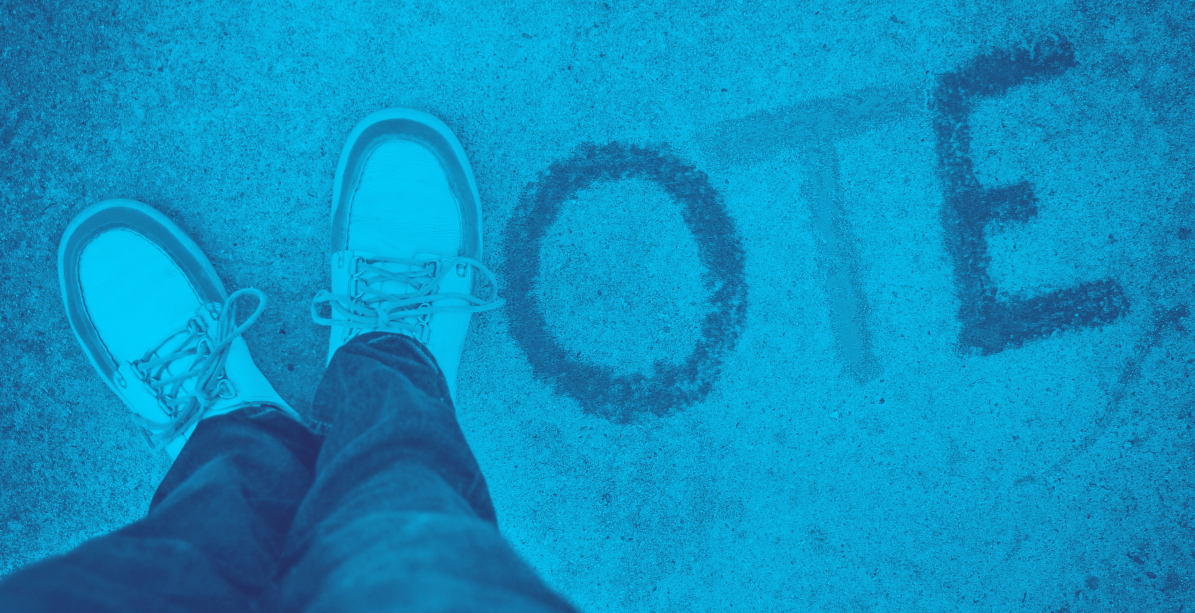Even before the pandemic, online mattress shopping was on the rise. According to the International Sleep Products Association, 45% of the mattresses purchased in 2018 were through online sales. Those numbers will surely be higher once 2020 is tallied. Online bed-in-a-box startups, of course, have been challenging the sleep status quo for years. Today there are over 200 online mattress retailers, one for every sleeper — no matter your preferred sleep position, size, material, type, and budget. There are even organic and eco-friendly options for a greener sleep.
The commercial aviation industry is attempting to make a comeback from its pandemic-induced fallout. Despite favorable tailwinds, the road to recovery will almost certainly drag into 2021 and beyond. After a staggering drop of more than 60% in 2020, global air travel demand will not likely return to pre-COVID levels until 2022. U.S. air travel volumes are still half the normal levels and aren't expected to pick up until late 2021.
It’s that time of year again. No, we’re not talking about college basketball season — it’s tax season. _Womp womp._ This year, filing your taxes will involve jumping through even more hoops than usual with social distancing requirements, stimulus checks, and unemployment. Tax season officially started on February 12, but TurboTax has already been ramping up for what's ahead, releasing over 100 new creatives since January 30.
Direct-2-consumer (D2C) businesses have grown considerably over the last decade-plus. When companies such as Warby Parker and Allbirds launched, their mission to deliver goods big and small to customers’ front door was a unique option that piqued busy Americans' interest. Today, virtually anything you need or crave is now available for delivery online — dish sponges, glasses, socks, cleaning supplies, mattresses, deodorant, luggage, even your groceries for the week.
Once upon a time, people could only buy deodorant and cold medicine from their local pharmacy or wholesale club. That was then. Now, Consumer Packaged Goods (CPG) have carved out a nice space for themselves in the online marketplace. So much so that close to one in four U.S. households buy their food and beverages exclusively online. Even more, the number of consumers ordering their health and hygiene products online could double within a year.
Ask any Disney Plus subscriber and they'll tell you: the $7-a-month streaming service isn't just for kids. There's something for the whole family from Star Wars and The Mandalorian to Marvel, Pixar, National Geographic, and Disney classics like Snow White. And with everyone cooped up in the house, it's the perfect family-friendly, socially-distanced escape from reality. Let’s go behind the scenes with Pathmatics marketing intelligence to see how Disney promoted its streaming service in 2020. Everything from the brand’s strategy to its top channels and advertisements is outlined below.
New streaming brands such as Peacock TV, Discovery Plus, Apple TV+, and Disney+ have hit the advertising circuit heavily since launching in 2020 — but none (including usual heavy hitters Netflix and Hulu) have spent more in 2021 than HBO Max. In fact, HBO invested 89% of its digital ad spend in January ($53M) in HBO Max ($47M). That’s nearly $20M more than the next highest ad spender of the month, LendingTree ($37M). It’s also more than what Amazon ($35M) spent on digital ads for its entire umbrella of subsidiaries, including Prime Video. And it’s even more than what Procter & Gamble spent last month ($32M) on its entire suite of CPG products.
The Big Game that almost never was - one of the final remnants of 2020 before we can truly look ahead to the new year...or, at least for football fans. A season filled with covid19 restrictions and protocols, multiple team outbreaks, and canceled games, many prognosticators thought we'd never get to the Super Bowl - but here we are! And although we won't see all the ads until the big game, several brands have already released their spots. And, in true 2020 fashion, some brands are doing things a little different this year.
2020 has come and gone in a flash. It feels like yesterday we were introducing this year’s Super Bowl ads and obsessing over March Madness. Now, we’re talking about the biggest Cyber Week on record and the art of copywriting during the pandemic. The year was filled with highs and lows, advertising campaigns never to be forgotten, and ones you wish you could (looking at you, moldy Whopper). Without further ado, check out a few of advertising’s winners and losers of 2020.
Though quarantine is keeping us at home, Americans aren’t worried about getting all dressed up with no place to go. The sneaker craze continues, so top athletic footwear companies are still putting out new designs. Let’s dive into Pathmatics marketing intelligence and take a closer look at how three of the biggest sneaker companies—Nike, Puma, and New Balance—advertised their new products throughout the month of November.
ECommerce was already on the rise before 2020, but the boom has accelerated given consumer hesitance around shopping in brick and mortar locations during the pandemic. This year, home electronics has been the most popular category for eCommerce spending among Americans, so let’s take a closer look at how electronics giant Apple has been promoting its newest products—the iPhone 12 Mini and Max, iPad, Apple Watch and MacBook Air.
When it comes to retail nobody does it bigger or better than Walmart. Where else you can find the Rush Hour DVD for $5, a boy yodeling on aisle three, and a crocodile in the frozen food section? Walmart — that’s where. With over 11,500 stores under 56 brand names in 27 countries (and eCommerce sites in 10 countries), they don’t call Walmart a “retail giant” for nothing.
Mid-March marked the first week of nationwide quarantines. At that time, The Hollywood Reporter reported that U.S. video game usage during peak hours had increased 75% from the week prior, and that video streaming and overall web traffic had increased by 12% and 20% respectively.
We’re down to the wire! With Election Day less than 24hrs away, Pathmatics has been hard at work researching the most up-to-date insights. But, to offer a more complete picture, we partnered with Embee to share a glimpse into user trends, experiences and behaviors in Instagram.
In past races, paid advertising campaigns on social channels, specifically Facebook, (and, increasingly, Instagram), has been the top choice for candidates looking to reach a wide audience. This year, in the course of just three months (August-October 2020), we saw investments on YouTube from both candidates nearly triple their respective Facebook investment rates.
One of the most consequential elections in modern history, both the Presidential race and several Senate races could determine the course of the country for a generation. Moreover, the battle for votes has become a measurement of digital ad dollars. That makes Facebook, with over 190 million users, and Instagram, with 126 million users, prime territory for political ads.
The two Presidential candidates have little in common, from their stance on foreign policy and healthcare to their advertising strategies and messaging. One thing they do have in common, though? An affinity for mentioning one another in ads--Facebook ads, in particular.
Black Friday and Cyber Monday have been the biggest retail shopping days in recent history. With Prime Day, Amazon made a move to spur another shopping spike in July, which was this year delayed until October 13 and 14 due to the coronavirus pandemic. Not wanting to miss out on the hype, Best Buy announced that it also would offer massive discounts at the same time, calling its version Early Black Friday. So how did these two retail giants compare in terms of their advertising strategies for these first huge retail events of 2020?
The Trump campaign outspent Biden nearly two-fold from July through September. But, throughout September and October, we've seen the two campaigns battle public attention, starting with a series of back-to-back, YouTube takeovers, followed by a reported uptick in television ads from the Biden campaign.
If this year has shown us anything, it’s that politics seems to be about EVERYTHING. From racial inequality to the coronavirus, healthcare, women’s rights, supreme court vacancies, or the economy, the upcoming election is one of the most important in modern history.












